Veterans Hall Cemetery at Saratoga walled in 150 years ago
ONE of the oldest European structures on Brisbane Water will mark a macabre anniversary later this year. It’s 150 years since a rum smuggling farmer was shocked into enclosing his family cemetery with a wall.
Central Coast
Don't miss out on the headlines from Central Coast. Followed categories will be added to My News.
- Most isolated quarry in Australia linked to Federation
- St Pauls Church at Kincumber celebrates 175th anniversary
- How the Australian War Memorial movement began here
ONE of the oldest European structures on Brisbane Water will mark a macabre anniversary later this year.
This year it will be 150 years since a tiny cemetery in Saratoga was enclosed by a stone wall by district pioneer and known rum smuggler Robert Henderson.
The little known cemetery on a rise just up the street from busy Veteran’s Hall wharf tells many a strange tale, but none quite so grizzly as the story of why that wall was built.
In 1868 only about 100 Europeans lived around Brisbane Water in widely scattered settlements and isolated dwellings.
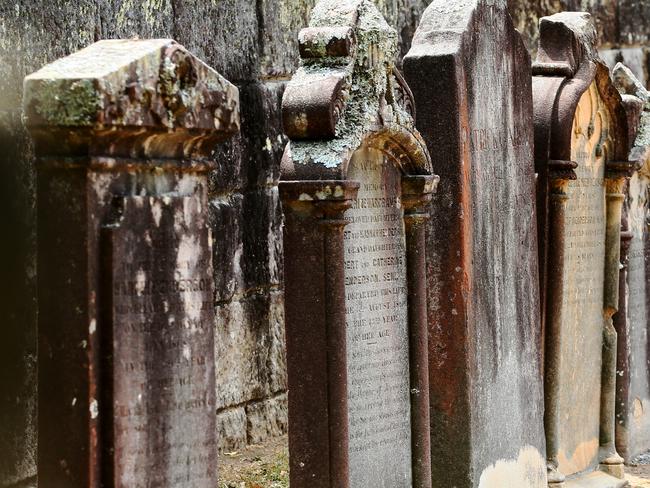
Boat was the most common form of transport and shipwrecks were not uncommon.
In November 1868 the cutter Traveller — a locally built vessel — was wrecked on Brisbane Water. Three crew died and their bodies were loosely wrapped in sail cloth and buried in shallow graves on the foreshore.
Not long after, the bodies were horribly dug up by wild pigs.
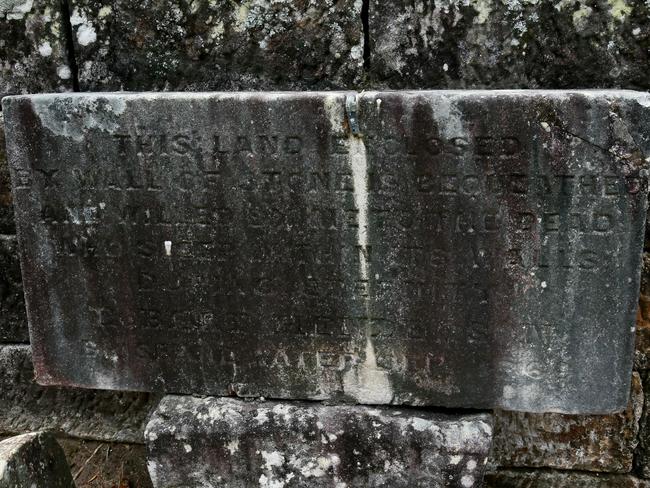
Local legend has it that this left a lasting impression on Robert Henderson who immediately arranged for his family’s Saratoga cemetery to be enclosed by a 1.3m high stone wall.
Then, in a final prescient gesture just months before he too would end up in the graveyard, Henderson had a plaque installed poetically bequeathing the place to the dead:
“This land, enclosed by walls of stone, is bequeathed and willed by me to the dead, who sleep within its walls during eternity”
Colonial isolation
Brisbane Water was a very different place when the first person was buried in this unusual private cemetery on what was then an isolated farm on the shores of Brisbane Water.
The first European settler James Webb had only been in the region a few years — he had a farm near where The Rip Bridge now stands. Work on the Great North Road linking Sydney and Newcastle via Wiseman’s Ferry had barely begun — but would be the biggest public engineering project ever undertaken in the colony.
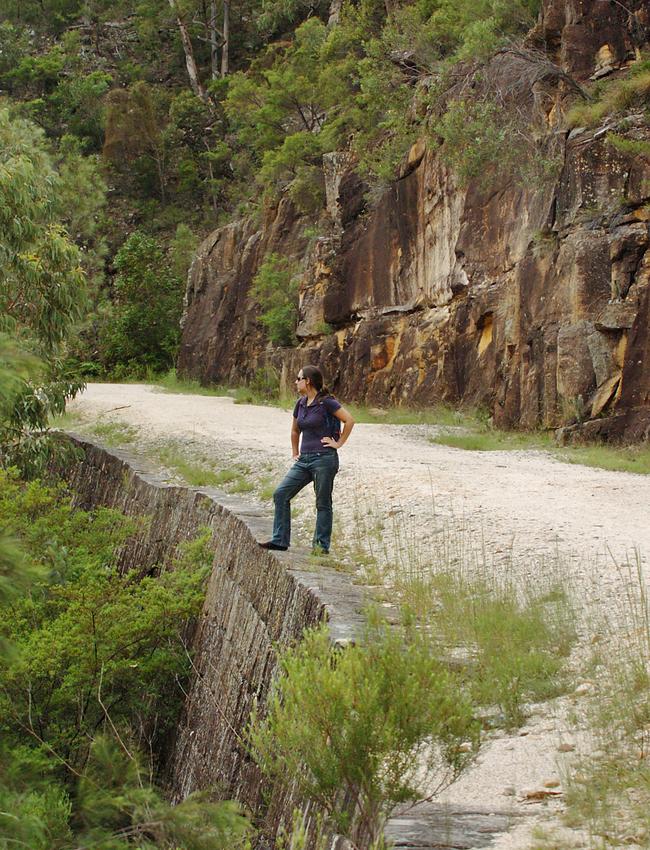
Gosford had a slab hut police station — but the building of a courthouse and post office were years away. Gosford would not be declared a town for another 60 years.
The little cemetery covers roughly 160 square metres in Henderson Road and contains 15 marked graves. It is the sole surviving structure of a complex of farm buildings which once existed there and is now so alienated from its historic setting by modern development it is hard to grasp it’s significance.
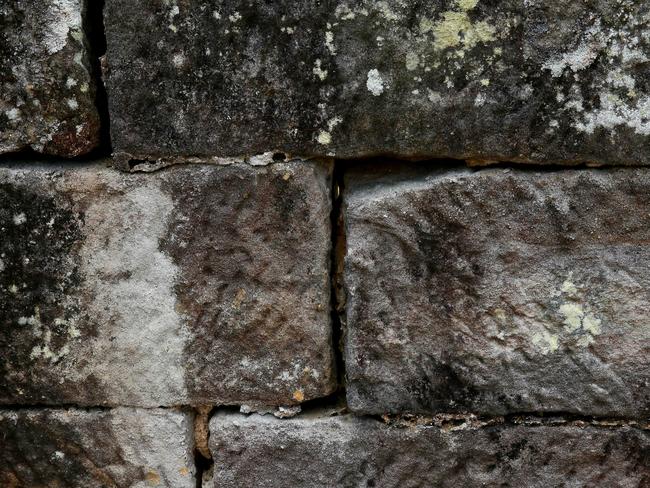
It’s made from hefty blocks of stone cemented together with soft lime mortar which contains the visible remains of shells — likely from ancient Aboriginal middens — dug out of the shoreline and hillsides nearby.

The stonemason is thought to be a man named William Sidebottom who also built Robert Henderson’s substantial stone farmhouse — Veterans Hall. It stood overlooking the water where Henderson Road turns west at the foot of Mt Pleasant. The current ferry wharf still carries the name of the homestead which was demolished in 1909.
Who is buried there
The cemetery provides an unusual glimpse into the lives of an early settler family, their friends and associates.
Robert Henderson and his wife, father in law, son and grandchildren are buried there. Some of Henderson’s shipbuilding associates and employees and their children were also interred at Veteran Hall Cemetery. The first burial was of Henderson’s father-in-law in 1827, and the last was of Henderson’s granddaughter Madeline Ward in 1934.
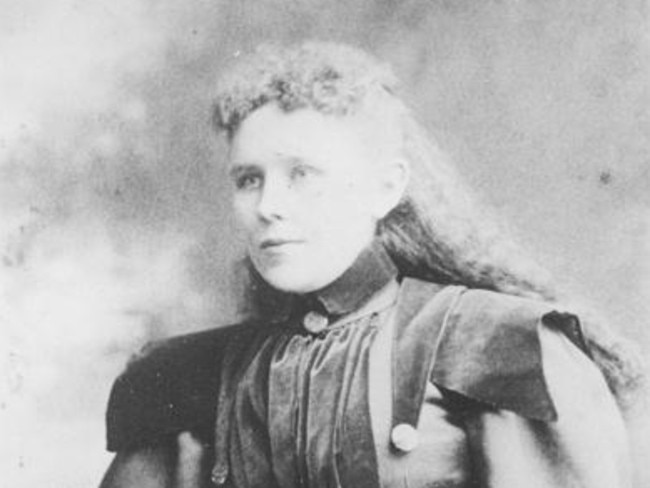
She was married to local shipbuilding mover and shaker Mannesseh Ward. He’s buried at St Pauls church at Kincumber which celebrated its 175th anniversary last year.
The site tells a poignant story of the tough lives of isolated settler families in the colonial era. Catherine Henderson (granddaughter) died of Tuberculosis aged 13. Her mother Hannah died two years later of the same condition.

Florence Henderson, 8, and her sister Letitia, 5, died within days of each other of diphtheria in 1868. Annie Cox, 5, and her brother Robert, 2, rest there along with their father Michael, an employee. Annie drowned in 1867 after falling from Veteran Hall Wharf. Child mortality was significant in those times.
Who was Robert Henderson?
Robert Henderson was many things over his lifetime — farmer, shipbuilder, policeman, publican and apparently a known rum smuggler. He was made District Constable in 1824 covering a vast area from Wiseman’s Ferry to Swansea. He gave that away around 1827 to pursue his farming interests and to run a pub he’d bought in Erskine Street in Sydney.

There was plenty of money to be made from rum smuggling during the colonial era and Henderson joined the illegal trade. Under the guise of shipping spirits to ”the south seas” (which was allowed) Henderson and his mates instead pulled their vessel into Broken Bay where they stored 200 kegs of Brandy and about 60 kegs of rum in a cave on Cowan Creek.
This would then have been smuggled back into Sydney and sold for as much as three pounds a gallon.
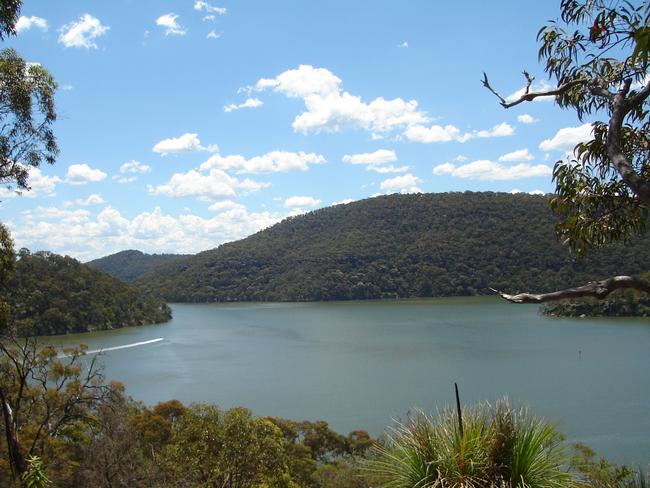
A witness to the deed inadvertently stumbled into the midst of the smuggling operation and reported it to police who eventually caught up with Henderson. Court records of the time show he faced charges of “concealing and conveyance of contraband spirits”.
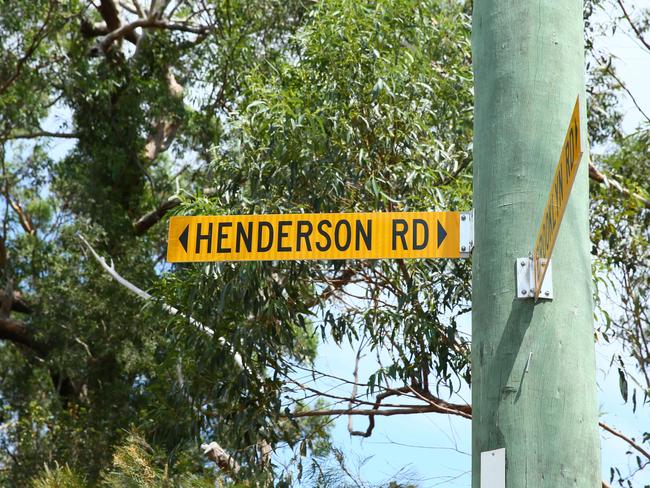
A wiley solicitor managed to get him off on a technicality by arguing that no evidence had been produced to prove the existence of Cowan Creek.
Henderson died on November 11, 1869, aged 73.
